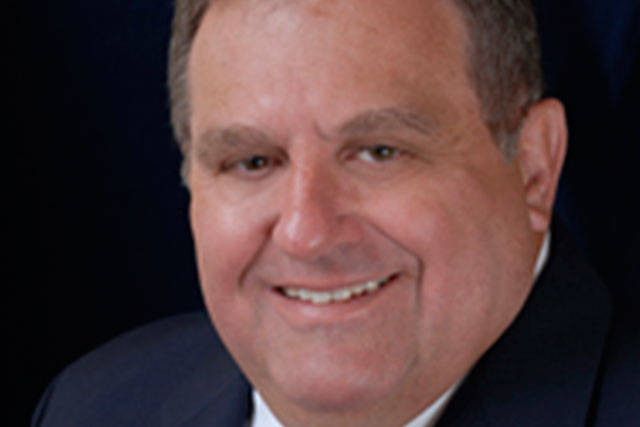The massive Berkeley Pit in Butte, Mont., is one of the world’s largest superfund sites and has been described as a giant sink filling with metal-laden, acidic water from over 10,000 miles of underground mine workings.
It has been a ticking time bomb since 1982 when the mine owner turned off the pumps which kept the subsurface tunnels dry for miners. The pit has collected 50 billion gallons of toxic water.
While the rising pit water is a looming environmental threat if it seeps into the area’s groundwater, it may be a new source of copper if a pilot plant pans out. However, if left unattended, there would be an environmental calamity especially since Butte’s mining operations are located at the headwaters of the Clark Fork River—-a major tributary of the Columbia.
The promising news is an experimental water treatment system started operation in March. Three million gallons of water is being pumped from the pit each day and sent to a treatment system which recovers copper, other contaminants and neutralize the water’s acidity. The purified water is discharged into Silver Bow Creek.
Operators hope to reclaim 100,000 pounds of copper each month which helps offset costs. If the experimental project works as planned, it will open a new way to help meet the growing need for copper and simultaneously clean up hazardous Super Fund sites.
With worldwide demand for copper soaring and there is new pressure to open new mines, expand existing ones, and add ore processing capacity — all of which have serious associated environmental challenges.
Copper, a highly efficient conductor of electricity, is widely used in traditional hydro, coal and natural gas electricity generation. With the onset of wind turbines, demand for copper has risen dramatically. The same goes for electric autos.
While wind power and electric cars dramatically reduce CO2 and greenhouse gases, copper mining and smelting require significant environmental remediation. Many of those abandoned open pits are similar to the Berkeley Pit containing billions of gallons of toxic water and smelting ore creates toxic air emissions.
According to the International Copper Association (ICA), copper consumption is poised to dramatically increase as more parts of the world are electrified, more electric vehicles replace cars powered by internal combustion engines, and as coal-fired generating plants are replaced with wind turbines and solar panels.
Between now and 2040, ICA estimates a massive $8 trillion globally will be spent on renewables as government policies around the world discourage the use of coal and gas which add greenhouse gases to our atmosphere.
The copper industry is a major contributor to the global economy. “Copper is more than just a mined metal; it provides jobs and promotes of a higher standard of living. One ton of copper brings functionality in 40 cars, powers 60,000 mobile phones, enables operations in 400 computers, and distributes electricity to 30 homes,” the ICA reports.
Demand for copper globally is set to jump 22 percent within five years because of increasing usage of the metal in electric vehicles, solar and wind power sectors, Bloomberg reports. Usage in electric cars alone will increase demand by 1.2 million tons.
Nowhere is the growth in copper usage more evident than China. As it upgrades its industry to “smart factories,” annual demand for copper is projected to grow by an additional 232,000 tons by 2025.
“We’re in no danger of running out of copper,” the ICA reports. Only about 12 percent of the known worldwide reserves have been mined and copper recycling rates are high. But mining and cleaning up the aftermath is problematic. Hopefully, what is happening in Butte will work and spread.
Don Brunell is a business analyst, writer and columnist. He recently retired as president of the Association of Washington Business, the state’s oldest and largest business organization, and now lives in Vancouver. He can be contacted at TheBrunells@msn.com.


